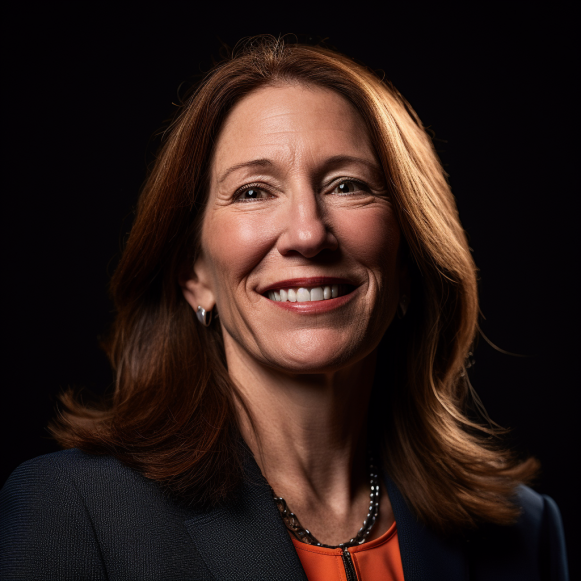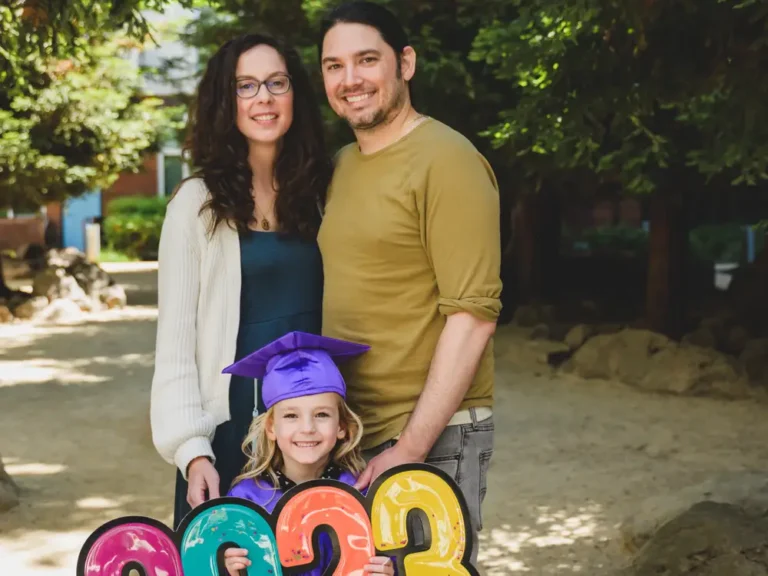I’m a freelance editor who’s embraced working with AI content. Here’s how I do it and what I charge.

- Gabrielle Gerbus started freelance editing and providing brand strategy to clients in April 2019.
- She pivoted to editing AI content, embracing a technology that many in her profession fear.
- Gerbus has traveled the world while freelancing and splits her time between California and Thailand.
This conversation with Gabrielle Gerbus, a 28-year-old freelancer from Los Angeles, inspired this as-told-to essay. Insider has provided documentation to back up her earnings. The following has been condensed and edited for length and clarity.
I’d always wanted to work as a freelancer and set my own hours, but I was nervous about leaving the corporate world. I had a lot of misconceptions about freelancing, such as the requirement of 20 years of experience.
I was a content and brand manager and copywriter for a small B2B tech company. I learned a lot in a short amount of time.
I set up a profile on Fiverr, a freelancer platform, on the side
I began with what I was familiar with: brand messaging, copyediting, and copywriting. In April 2019, those were the first three packages I offered. For $15, I’d write a pitch or brand statement or edit 3,000 words.
I spent about four or five hours a day on Fiverr, working for clients before work, during my lunch break, and after work.
I told myself that as soon as I could match my corporate salary, I’d quit my job. I was able to match it within two months.
In May 2019, I decided to quit my job and travel the world with my boyfriend while freelancing remotely.
I responded to client demand
Clients I’d previously worked for began requesting website copywriting and content, as well as logo design and branding.
To grow my business, I realized I needed to listen to what my clients wanted. I wanted to keep a client on for as long as possible if they enjoyed working with me. However, I had no prior experience with website design.
In the fall of 2019, I hired people I knew to do freelance work, including my graphic designer cousin. Then, at the start of 2020, I hired a web developer I knew and, in October 2020, a virtual assistant to help me with some of my admin.
That meant I could work on large projects in a variety of fields. Clients would commission me to create brand messaging, a logo, a website, or an e-commerce store, for example, and then I’d collaborate with them to develop their SEO, copywriting, and keyword research.
I informed clients that I was working with a team. I had a team of four or five people by the end of 2020.
I pay my freelancers between $20 and $70 per hour for administrative work and web development. They work between 10 and 20 hours per week for me.
I started working with authors
Within four months, I began editing books, including novels and memoirs.
One of my clients is a New York Times best-selling author. I’ve assisted her in editing five books over the last 212 years. I also assisted her with her brand strategy, cover design, formatting, getting published and approved on Amazon, and social media strategy.
Clients were asking me to edit their AI-generated copy
When ChatGPT launched in November, I immediately noticed a shift: clients began asking if I edited AI-generated content.
I knew I had two options: complain about it and see my sales drop, or figure out how to work with this new thing.
I identified a new target market of busy small-business owners who use AI to generate a lot of content but are concerned that their AI content will be penalized by search engines, or who want to avoid their websites and blogs sounding robotic.
I use plagiarism-detection tools on clients’ AI-generated work
Clients initially requested that I make their AI-generated work sound less robotic and more human. I had clients who used AI to write their thought-leadership e-books, which doesn’t always work well. Editing AI is frequently more involved than editing human work and may necessitate rewriting the entire text.
Since the popularity of tools like Originality.ai, a website designed to detect AI plagiarism in content marketing copy, more clients have asked me to demonstrate the difference before and after I work on their copy using these tools.
For example, I’d show them that their blog was ranked as 100% AI-generated on one of these tools before I edited it and then ranked at 15% or 10% after.
I charge more for AI-generated copy
Now I charge $100 for up to 3,500 words of editing, or $300 for 10,000 words. Because AI-generated content requires more work, I charge nearly twice as much. My AI editing rates begin at $100 for 2,000 words.
I can tell when a human has written something because it flows like a human would think, even if some of the word choices aren’t great. Editing AI work takes a lot more time.
AI can be well-written and organized, but the sentence structure is frequently very basic, beginning with “firstly,” “secondly,” and “thirdly.” I can tell which keywords a client has requested because they are repeated without variation throughout the text.
The sentences and paragraphs are frequently the same length — something that humans do not do. When clients use prompts to add personality to their copy, it can sound a little too excited.
Whenever a client requests that I write content, I do so myself. I don’t use artificial intelligence for that. However, I do use it for other purposes; for example, I may collaborate with them to generate blog topic ideas using AI. I haven’t decided how to package that yet; it’ll be done as needed.
I spend 5 months of the year in Thailand
I founded my own content and copyediting company, Incubix, but I still mostly work on Fiverr. Since 2019, I’ve earned $244,000 on Fiverr. Last year, I earned $69,600, and this year, I’ve earned $33,200.
On top of the work my freelancers do, I work four to six hours a day. What I like best about my job is that if I don’t want to work on a random Tuesday, I don’t have to. I spent the summer with my family and worked two hours per day.
My life has been transformed by freelancing. I used to think that if I wanted to travel and work, I needed to become a National Geographic photographer or film travel documentaries. Now I spend three to five months of the year in Thailand, where the cost of living is lower, and I’m building a house there.






